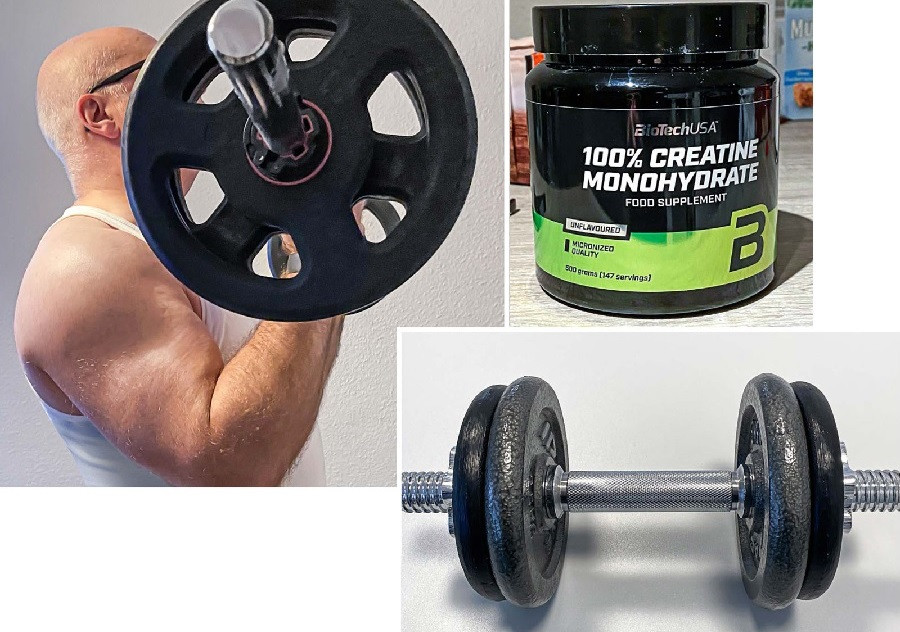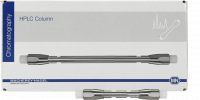Background
Creatine is an endogenous substance that is mainly synthesized in the liver, pancreas and kidneys. In the metabolism, the enzymatic conversion of creatine into creatine phosphate takes place. The creatine phosphate works as a kind of supply depot of phosphate for the adenosine triphosphate (ATP) production, which is responsible for muscle contraction. Especially power athletes take creatine in the form of powder in shakes or tablets to increase performance. Even if the effects are controversial, serious health endangering-side effects with moderate consumption are also not mentioned.(1)
Creatine phosphate

After splitting off the phosphate group, the lactam creatinine is irreversibly formed, which is excreted via the kidneys. If this process is disrupted, the concentration of creatinine in the blood increases, which may indicate reduced renal function. Therefore in clinical diagnostics, the creatinine value is also always determined in the complete blood count.
The HPLC/UHPLC analysis of creatine and creatinine on two NUCLEODUR HILIC columns(2) are performend with different lengths and particle sizes. According to the theory of the retention mechanism of Hydrophilic Interaction Chromatography (HILIC), the slightly less polar creatinine elutes before the creatine.
Access to application: Creatine and Creatinine
References:
(1) Kreider RB, Kalman DS, Antonio J, Ziegenfuss TN, Wildman R, Collins R, Candow DG, Kleiner SM, Almada AL, Lopez HL. International Society of Sports Nutrition position stand: safety and efficacy of creatine supplementation in exercise, sport, and medicine. J Int Soc Sports Nutr. 2017 Jun 13;14:18. doi: 10.1186/s12970-017-0173-z. PMID: 28615996; PMCID: PMC5469049.
(2) HPLC Department, MACHEREY-NAGEL, Germany 2010



